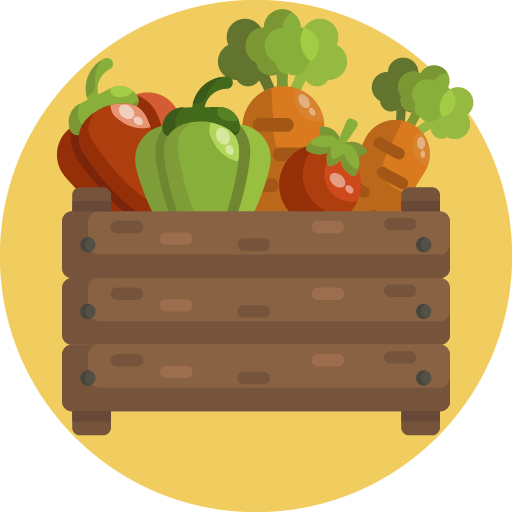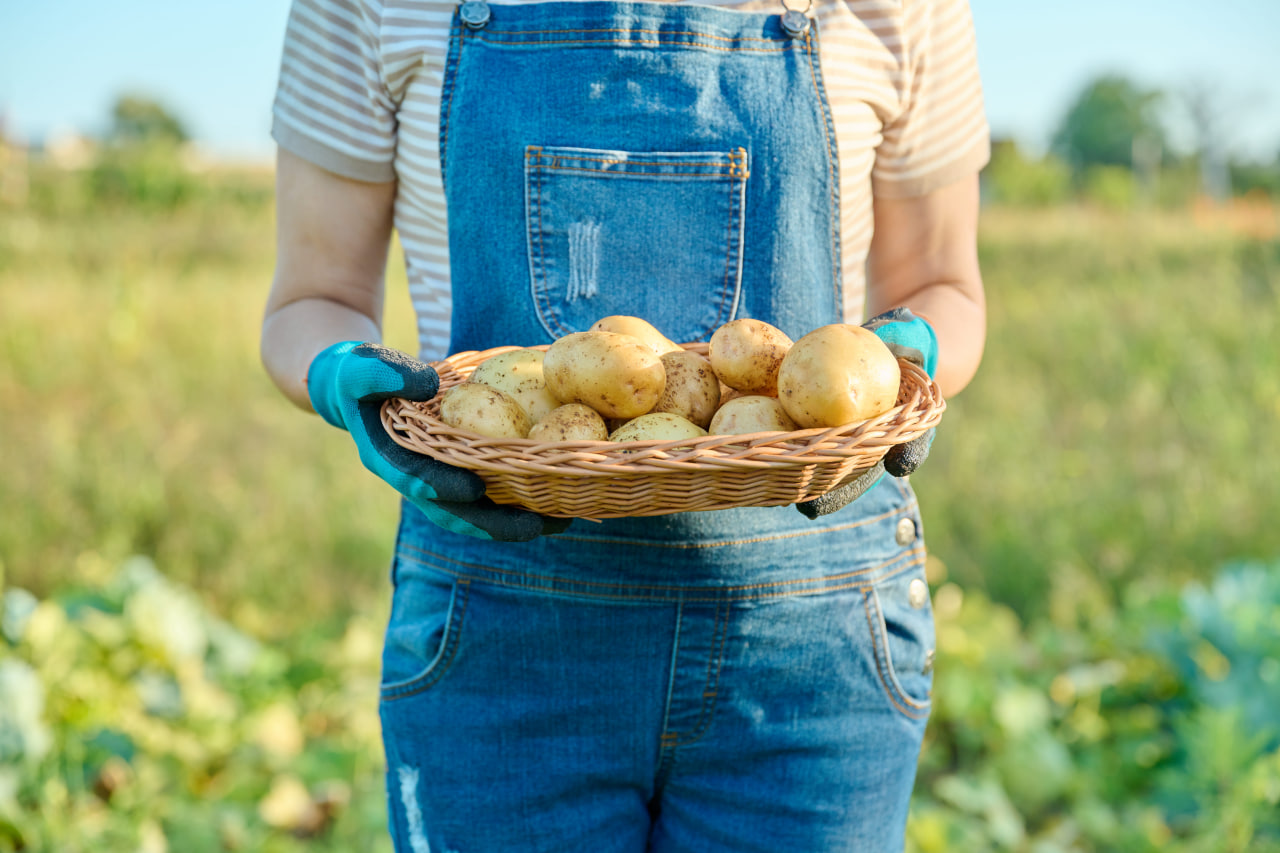Growing fresh herbs at home is an easy way to add flavor and nutrition to your meals while also promoting sustainability. Whether you have a large garden or just a small windowsill, herbs can thrive in many different environments. Here’s how to get started:
1. Choose the Right Herbs for Your Space
When selecting herbs to grow, it’s important to choose varieties that will thrive in your specific environment. Some herbs, like basil, mint, and parsley, grow well indoors, while others, like thyme and rosemary, need more sunlight and outdoor space. Consider factors such as light, temperature, and humidity before selecting your herbs. If you’re growing herbs indoors, look for those that can tolerate lower light conditions, or place them in a sunny spot.
2. Start with Quality Soil and Containers
The foundation of successful herb gardening is good soil. Use high-quality potting soil that drains well, as herbs generally don’t like to sit in waterlogged soil. Choose containers with drainage holes to prevent overwatering, and ensure that each herb has enough room to grow. If you’re growing multiple herbs in one container, make sure they have similar light and water requirements.
3. Provide Proper Care and Watering
Herbs generally prefer slightly dry conditions, so avoid overwatering. Water the soil when it feels dry to the touch, and ensure that water drains freely from the bottom of the container. If you’re growing herbs outdoors, be mindful of rainfall and adjust your watering schedule accordingly. To promote healthy growth, fertilize your herbs with an organic fertilizer every 4-6 weeks during the growing season.
4. Harvesting Tips
Harvesting herbs properly helps ensure they keep growing and producing. For most herbs, it’s best to snip off the leaves when they are young and tender, as this will encourage the plant to grow more. Try to avoid cutting more than a third of the plant at a time. When harvesting, use sharp scissors or pruning shears to make clean cuts, which helps prevent damage to the plant.
By growing your own herbs at home, you can enjoy fresh, flavorful additions to your cooking all year round. Plus, it’s a sustainable way to reduce food waste and minimize your carbon footprint. Whether you’re adding fresh basil to a pasta dish or garnishing a salad with mint, homegrown herbs will elevate your meals and provide you with endless culinary possibilities. Happy gardening!

